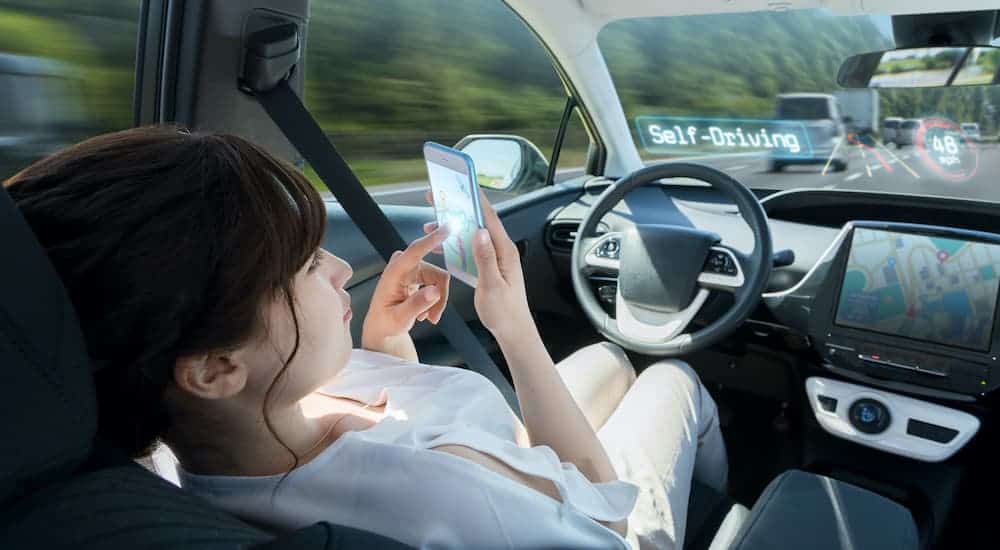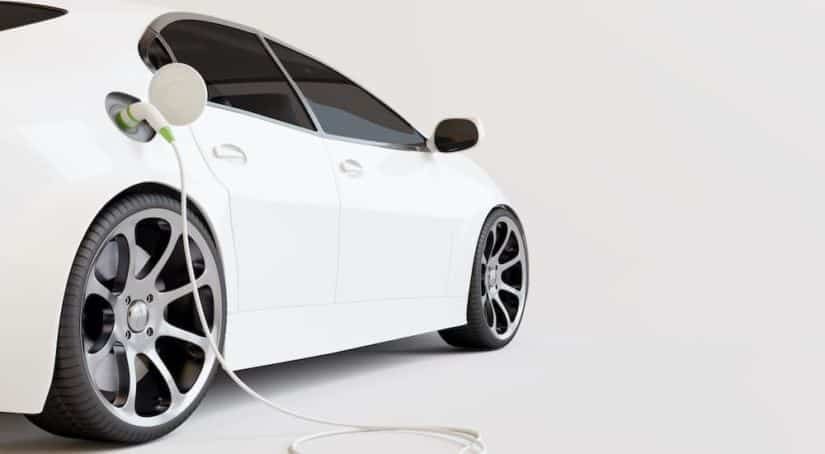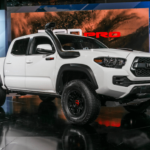Here at CarBuyerLabs, we’re all about helping you shop for a car – we are dedicated to providing you with information about different models, best practices when shopping for a car, and much more. Today, I’m going to take a look at some of the technology that has been and will be changing the auto industry. This isn’t simply an exercise in providing you with the latest auto news, however. I’m going to talk about why you should care, as a car-buyer, and how these things will impact you when you’re shopping.
Some of this is going to be technology already out there, but some of it is stuff coming in the not-too-distant future. Ultimately, this is the kind of technology that you should know about because it will impact the decisions you make when shopping for a car today and in the future. Getting the best deal possible and making sure you get everything you need is all about being informed. So the more you know, the better equipped you are to make the right decisions and get a vehicle that you’ll love.
#1 – Electric Vehicles
Alright, so this isn’t exactly mind-blowing news for anyone out there, but I’m starting with a technology that’s already increasingly common and will only become even more so. Electric vehicles (EV) have been around for quite a while now, with hybrids paving the way for them to become increasingly common. Sure, there’s been some resistance to them still – but the wall of resistance is showing cracks, and EV models are becoming much more accepted.
Even more importantly, EV models are becoming more diverse, with not only electric cars but impressive EV trucks and SUVs rolling out over the next year or so. In fact, Amazon has committed to having its entire fleet of delivery vehicles be zero-emission models by 2040, with 100,000 electric delivery vans promised to be on the road by 2030. They’ve already shown off the prototype of their electric delivery van, designed in conjunction with and built by Rivian – one of the biggest upcoming names in the EV industry. You’ll see these vans start hitting the road in 2021, and they’re only going to become increasingly common.
Recently, Governor Newsom of California issued an Executive Order requiring that all new vehicles sold in California must be zero-emission models starting in 2035. Meanwhile, overseas markets are seeing similar moves. In Norway, more than 60% of all new passenger cars registered in September 2020 were electric models, with plug-in hybrids making up another 20%. These are the kinds of trends that will likely continue, which all means one thing: when shopping for a vehicle, an EV model might soon be your best – or even only – choice.

#2 – Driverless Vehicles
This is another piece of technology that isn’t exactly brand-new, but it’s becoming more established and will soon no longer be confined to science fiction. While the idea of self-driving vehicles has been attractive to a lot of people for decades, improvements in AI and computer technology are making it more realistic than ever before. At the bare minimum, we’re going to see more automated systems incorporated into standard vehicles, allowing you to let the car take control when you don’t want to.
Beyond that, however, completely driverless vehicles are becoming increasingly possible and are likely to be sharing the roads with us more and more in the future. One company, Waymo, has been testing driverless taxis throughout Phoenix, Arizona, and the surrounding area with very positive results so far. In fact, Waymo recently opened up its program to more participants and brought an end to the strict non-disclosure agreements previously covering anyone who rode in one of its driverless vehicles. That means the company must feel pretty good about the results, and we’ll be getting a lot more word-of-mouth information about riding in a driverless vehicle very soon.
The COVID-19 global pandemic has definitely had an impact on the auto industry, and when people think about what driving in the future might look like, there’s certainly an appeal to not having a driver when you call a taxi or an Uber. This kind of technology allows you to interact with your passengers more freely and eliminates contact with strangers. Such automation is no longer a matter of “what if” and has become “how soon?”
#3 – Holographic Head-Up Displays
Head-up displays in vehicles have been around for quite a while now, and while they’re still mostly reserved for higher trim levels and luxury models, they’re certainly becoming more common. While current models do provide some useful information when you’re driving, they’ve been pretty limited so far. They’ll typically project info like your current speed, safety warnings, and perhaps some navigational information on the windshield for you to see. But anyone that’s ever played a video game and saw the term “head-up display” has probably been fairly disappointed with the reality.
That is, until now. GM, Hyundai, and several other auto manufacturers have recently invested in a company called Envisics, which is looking to greatly improve the functionality and look of the head-up display. Rather than simply projecting static information onto the windshield, this technology uses the windshield to create a holographic image that you can see while driving. Not only does this create far more opportunities for useful information, but it can be projected dynamically, allowing the information to move as you drive.
Testing and demonstrations have already shown applications, including safety and navigation features. As vehicle safety features identify pedestrians and other drivers on the road, the improved head-up display can highlight them with colored indicators to make them easier to see and warn you about vehicles that might be about to do something unsafe. Navigation information would no longer be limited to text but would actually highlight the road ahead of you, changing as you drive, to show you where to turn and what course to take. Don’t expect to see this on base trims next year or anything, but if major automakers are investing in it, then they obviously see that it has huge potential.

#4 – Manned Drones Taking to the Skies
Okay, so this one’s a little bit out there, but I don’t care. Recently, at the 2020 Beijing Auto Show, a company named Kiwigogo showed off a manned drone – a small personal vehicle that would allow you to fly effortlessly through the air. Don’t expect to hop in your personal drone and fly from New York to Los Angeles, but one model they showed off used eight computer-controlled rotors for well-controlled flight and a maximum speed of nearly 45 mph.
So far, they’ve shown off a single-passenger version called the A-One, as well as a two-passenger model called the T-One. As you might expect, the biggest roadblock for them so far is legal restrictions on flying vehicles and regulations regarding safety and airspace. But it’s possible that the long-term future of transportation might finally leave the road behind, something that Hollywood has been promising us for a long, long time.
For now, you’ll probably want to stick with car shopping and keep an eye out for technology that makes your life easier and helps with the expenses of owning a vehicle. Electric models have been shown, time and again, to be more cost-effective than traditional gasoline vehicles, while improvements to automation and head-up displays can help keep drivers safer and make getting where you need to go even easier. But someday, perhaps you’ll be able to leave the bonds of ground behind and soar through the skies to pick up groceries.



